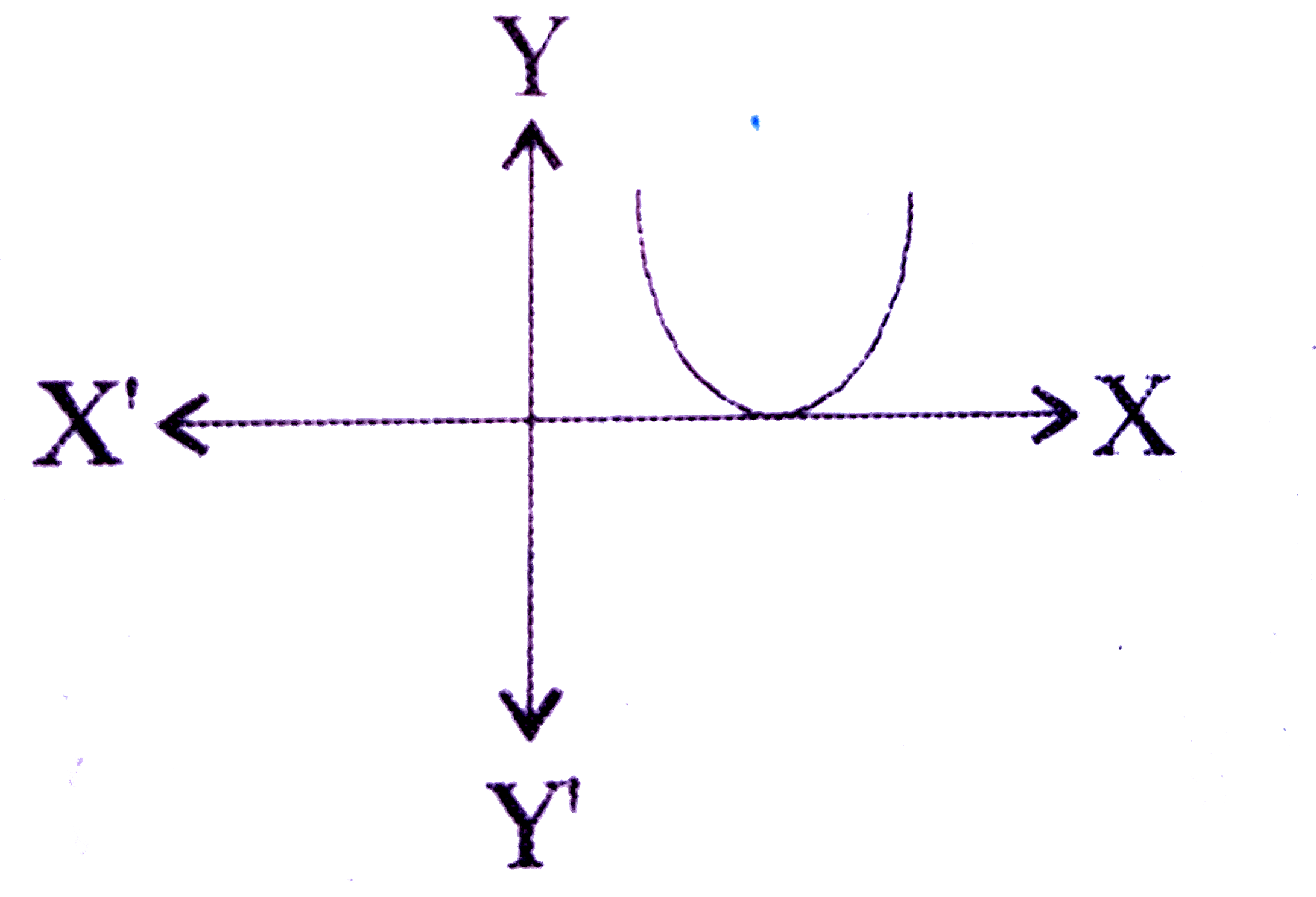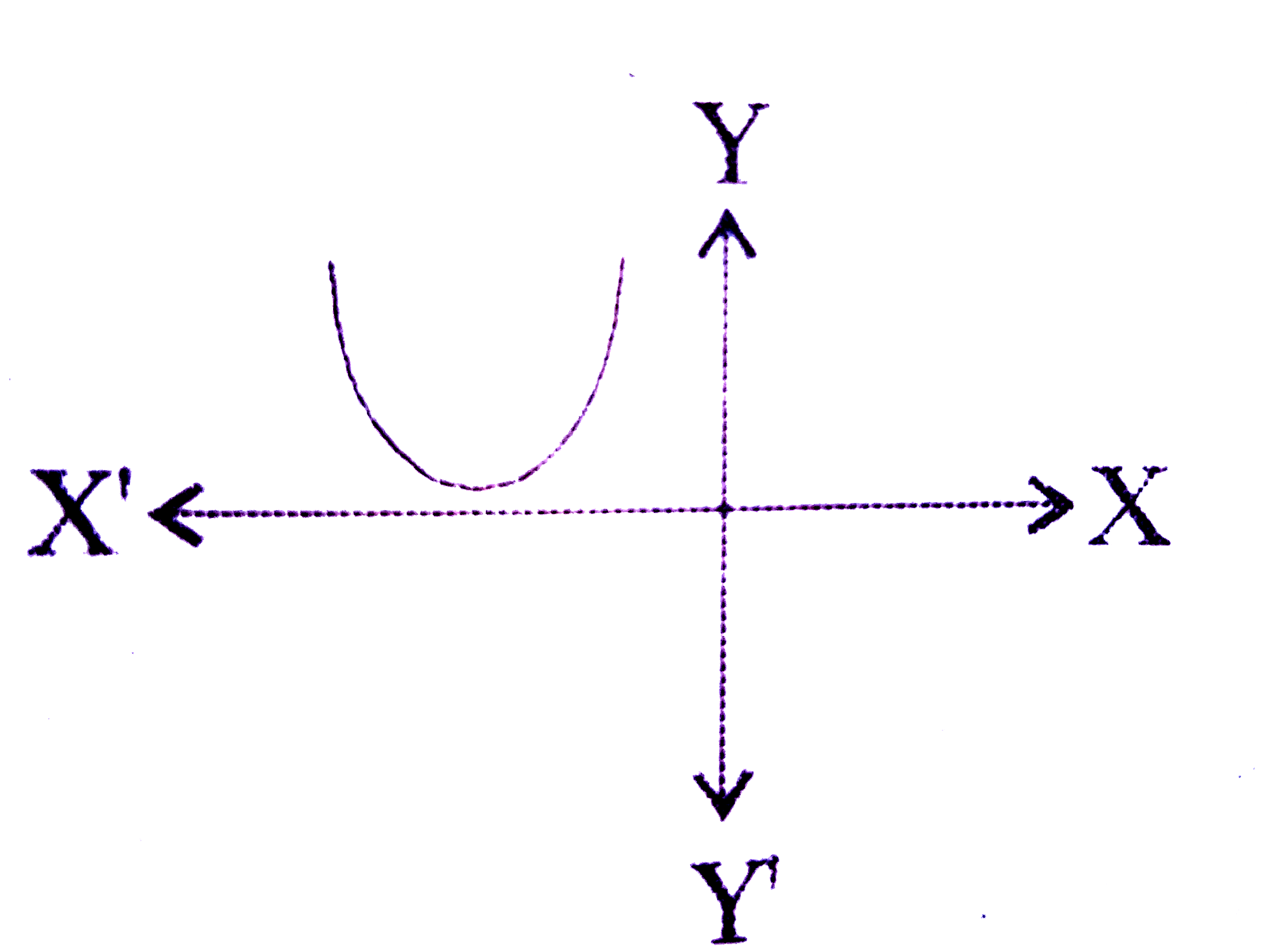Which one of the following figures shows the quadratic equation ax2+bx+c=0(a≠0) having distinct roots?Solution in Telugu




The correct Answer is:B
Step by step video, text & image solution for Which one of the following figures shows the quadratic equation ax^(2) + bx + c = 0 (a ne 0) having distinct roots? by Maths experts to help you in doubts & scoring excellent marks in Class 10 exams.
Updated on:21/07/2023Topper's Solved these Questions
- QUADRATIC EQUATIONSBOOK - VGS PUBLICATION-BRILLIANTCHAPTER - QUADRATIC EQUATIONSEXERCISE - CREATIVE BITS FOR CCE MODEL EXAMINATION
130 Videos
- QUADRATIC EQUATIONSBOOK - VGS PUBLICATION-BRILLIANTCHAPTER - QUADRATIC EQUATIONSEXERCISE - EXERCISE
270 Videos
- QUADRATIC EQUATIONSBOOK - VGS PUBLICATION-BRILLIANTCHAPTER - QUADRATIC EQUATIONSEXERCISE - OBSERVATION MATERIAL TO SOLVE VARIOUS QUESTIONS GIVEN IN THE PUBLIC EXAMINATION
22 Videos
- PROGRESSIONS (MULTIPLE CHOICE QUESTION)BOOK - VGS PUBLICATION-BRILLIANTCHAPTER - PROGRESSIONS (MULTIPLE CHOICE QUESTION)EXERCISE - PROGRESSIONS (MULTIPLE CHOICE QUESTION)
20 Videos
- QUADRATIC EQUATIONS (MULTIPLE CHOICE QUESTION)BOOK - VGS PUBLICATION-BRILLIANTCHAPTER - QUADRATIC EQUATIONS (MULTIPLE CHOICE QUESTION)EXERCISE - QUADRATIC EQUATIONS (MULTIPLE CHOICE QUESTION)
20 Videos
Similar Questions
One of the roots of the Q.E. 6x2−x−2=0 is
View SolutionCheck whether the following equations are quadratic or not.
x2−6x−4=0
View SolutionIfb2−4ac≥0 then write the roots of a quadratic equation ax2+bx+c=0
View SolutionA circle with area A, is contained in the interior of a larger with area A1+A2. IF the radius of the larger circle is 3 units and A1,A2 and (A1+A2) are in A.P., then find the radius of smaller circle…..
View Solution2x2+3x−1=0 is a quadratic equation the roots are α,β then α2+β2=……….
View Solutiona,b,c,∈R,a≠0 and the quadratic equation ax2+bx+c=0 has no real roots, then which one of the following is not true?
View Solutionद्विघात समीकरण ax2+bx+c=0(a≠0) को एक पुनरावृत्त मूल होता है , यदि
View SolutionIf the quadratic equation ax2+bx+c=0 has −2 as one of its roots then ax+by+c=0 represents
View SolutionShow that the sum of roots of a quadratic equation ax2+bx+c=0(a≠0) is −ba.
View SolutionShow that the product of the roots of a quadratic equation ax2+bx+c=0(a≠0) is ca.
View SolutionShow that the sum of roots of a quadratic equation ax2+bx+c=0(a≠0) is −ba.
View SolutionShow that the product of the roots of a quadratic equation ax2+bx+c=0(a≠0) is ca.
View SolutionShow that the product of the roots of a quadratic equation ax2+bx+c=0(a≠0) is ca.
View SolutionShow that the sum of roots of a quadratic equation ax2+bx+c=0(a≠0) is −ba.
View SolutionShow that the product of the roots of a quadratic equation ax2+bx+c=0(a≠0) is ca.
View Solution
